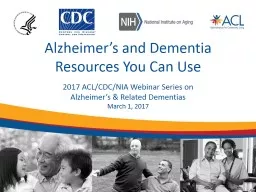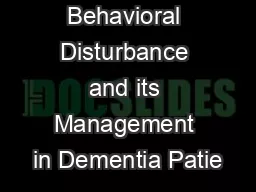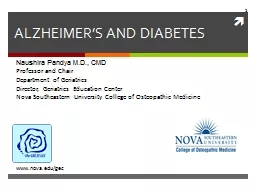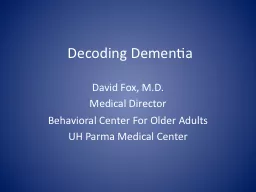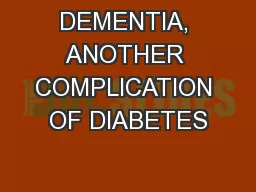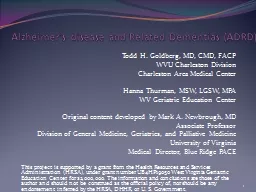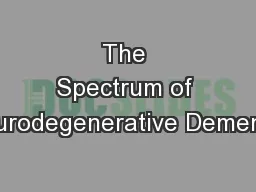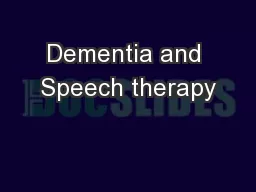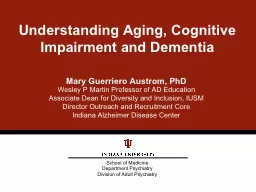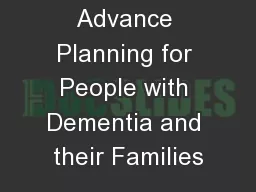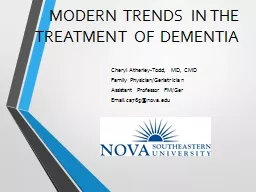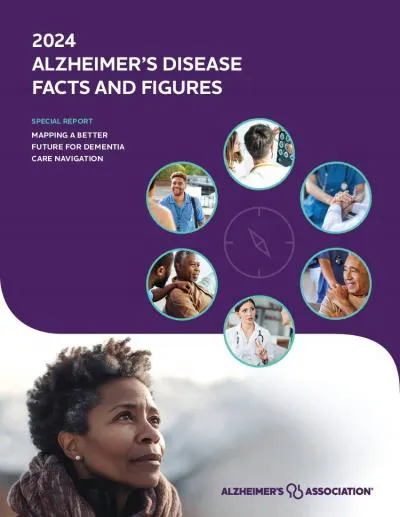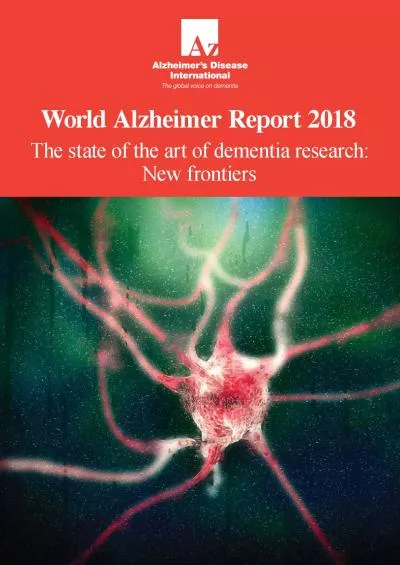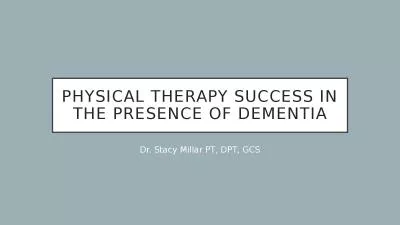PPT-Alzheimer’s and Dementia Resources You Can Use
Author : debby-jeon | Published Date : 2018-12-04
2017 ACLCDCNIA Webinar Series on Alzheimers amp Related Dementias March 1 2017 DISCLOSURE STATEMENTS In compliance with continuing education requirements all presenters
Presentation Embed Code
Download Presentation
Download Presentation The PPT/PDF document "Alzheimer’s and Dementia Resources You..." is the property of its rightful owner. Permission is granted to download and print the materials on this website for personal, non-commercial use only, and to display it on your personal computer provided you do not modify the materials and that you retain all copyright notices contained in the materials. By downloading content from our website, you accept the terms of this agreement.
Alzheimer’s and Dementia Resources You Can Use: Transcript
Download Rules Of Document
"Alzheimer’s and Dementia Resources You Can Use"The content belongs to its owner. You may download and print it for personal use, without modification, and keep all copyright notices. By downloading, you agree to these terms.
Related Documents

